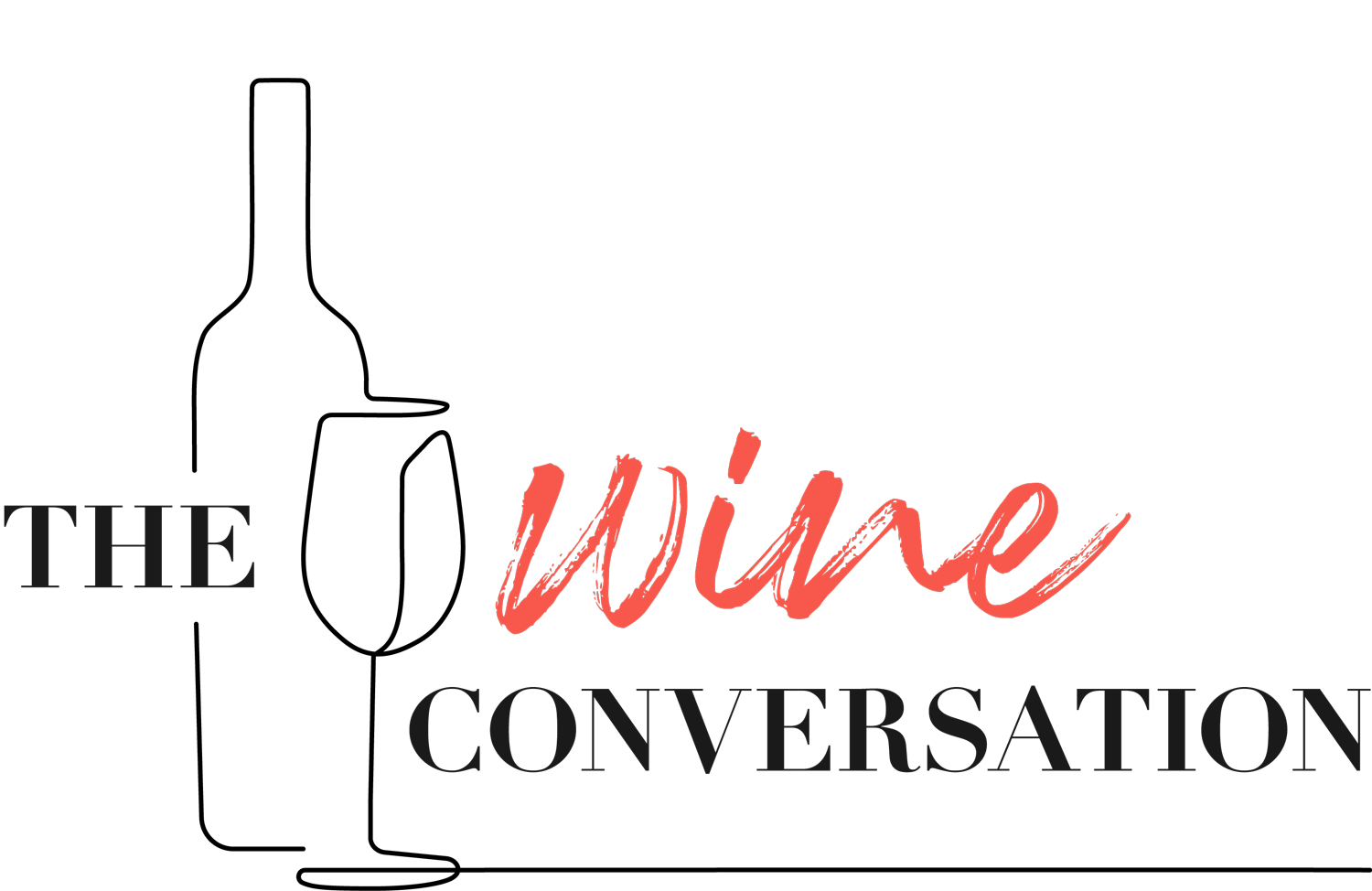✒ Book Review – Château Lafite: The Almanac
There are many ways to look at this extraordinary book celebrating 150 years of a great wine: At first it seems like a voluminous, luxurious scrapbook, (just over 600 pages, weighing in at 2.6 kilos), but then it builds to a remarkable record, of time, events, the fickleness of nature, history, and in a multitude of ways, the joys of wine.
The seemingly bland title is quite accurate, after all: an almanac is “a compendium of useful and interesting facts,” a definition this one has no trouble living up to as it catalogues the vagaries of 150 vintages, the unfolding of time according to wine, marked by the cellar master’s hand-made stencils, by weather and production reports, and, crucially, prices (nothing dramatizes the ravages of phylloxera, as well as the plunging bottom line over decades, or the pressure from merchants during some bad harvests, aided by disinformation from British newspapers, that changed the way wines, were sold).
The book is constructed (there’s no better word) from basic, often archival materials from the chateau, a wide range of historical and contemporary photos, cartoons ranging from Daumier to graffiti, free-standing postcards, newspaper clippings—news of war and peace, kudos, scandals, even a Page 3 girl--colourful maps and vintage reports, including quite candid tasting notes, sometimes from unlikely sources, such as Louis Pasteur or Burgundy legend Lalou Bize-Leroy. There are surprises: In 1910, we learn, there was a workers’ revolt and clamour over a new movement: “Vive le Vin Naturel!” Simply calling this “eclectic” would be an understatement. Author Saskia de Rothschild’s approach is at once serious (“to add a touch of something special” to what’s in the glass) and playful (“make this book your own…annotate and scribble on the pages,” she writes, and she’s not kidding--space is made available for just that purpose, near the vintage reports, tasting notes, and odd commentary).
Time is obviously of the essence here, and we’re encouraged to view it with self-regard (my birth-year vintage was “one of the greatest disappointments,” my wife’s “precocious, tender, and delicate,” and, best of all, my son’s “elegant and persistent,” aspirational enough to cheer any parent). Or perhaps history (in 1914, the Rothschild family established a local hospital and maintained it, including a donation of wine every day; in 1940, the Germans nullified the Rothschilds’ French citizenship and took over the chateau, not knowing the wine steward had already walled off a selection of vintages in the cellar, to preserve them for a free future; in 1968, the chateau’s centenary, the wines were “meager and acidic,” and the nation’s politics unruly (the big news in the local Bordeaux papers was, unsurprisingly, quite local: “Pas de fête de la Fleur!” At Lafite, harvest workers had sardines and pâté for breakfast, and wine prices were down). In the end, it’s a triumph of book-making that mirrors the triumph of its subject, a work of art, an admirable marvel.
Brian St. Pierre
Chateau Lafite: The Almanac, by Saskia de Rothschild, Flammarion, £125 (Waterstones)





It has been a vintage year for wine books says Brian St Pierre. Check out our Wine Books of the Year for an assessment of this bounty.